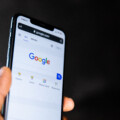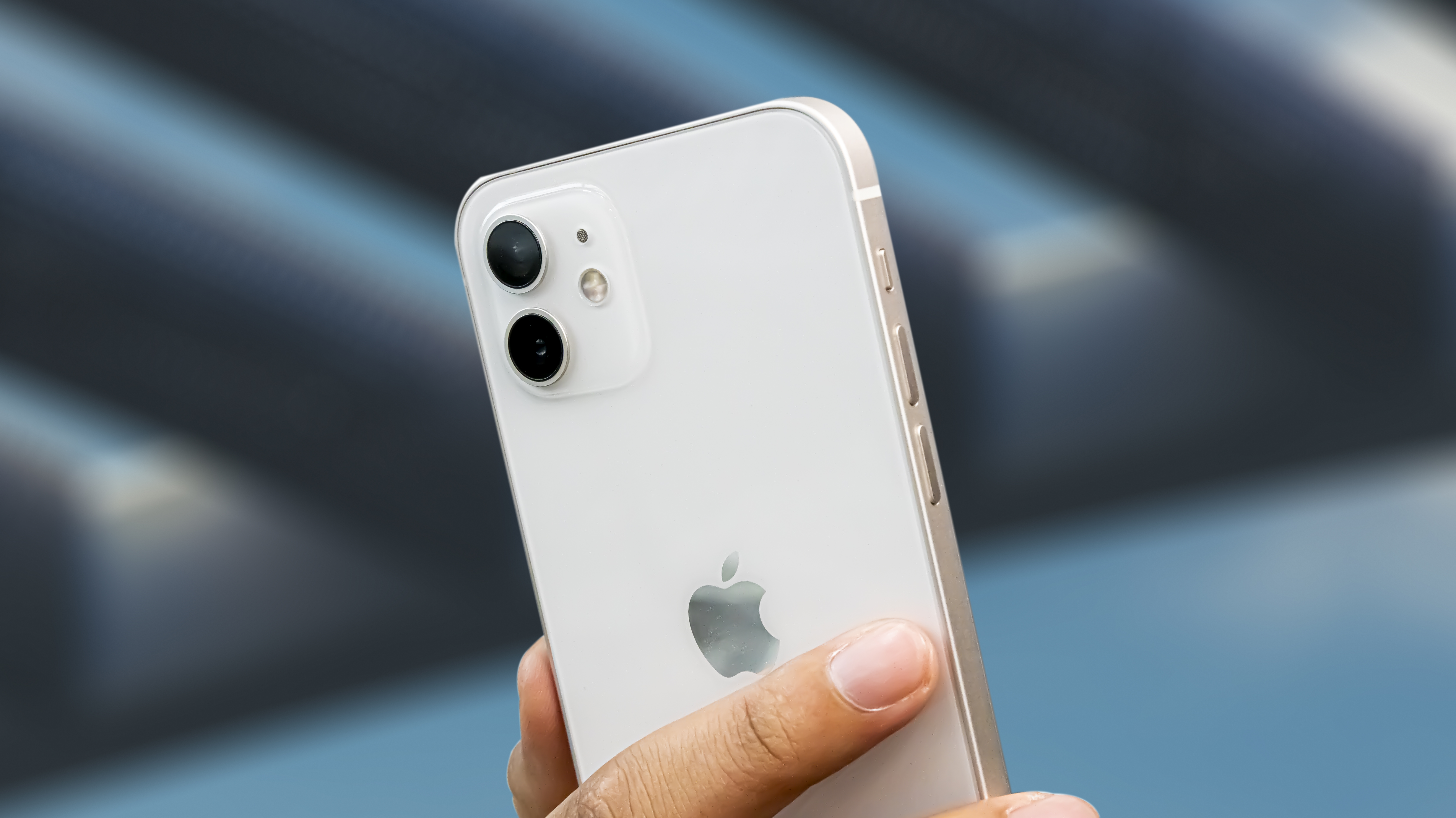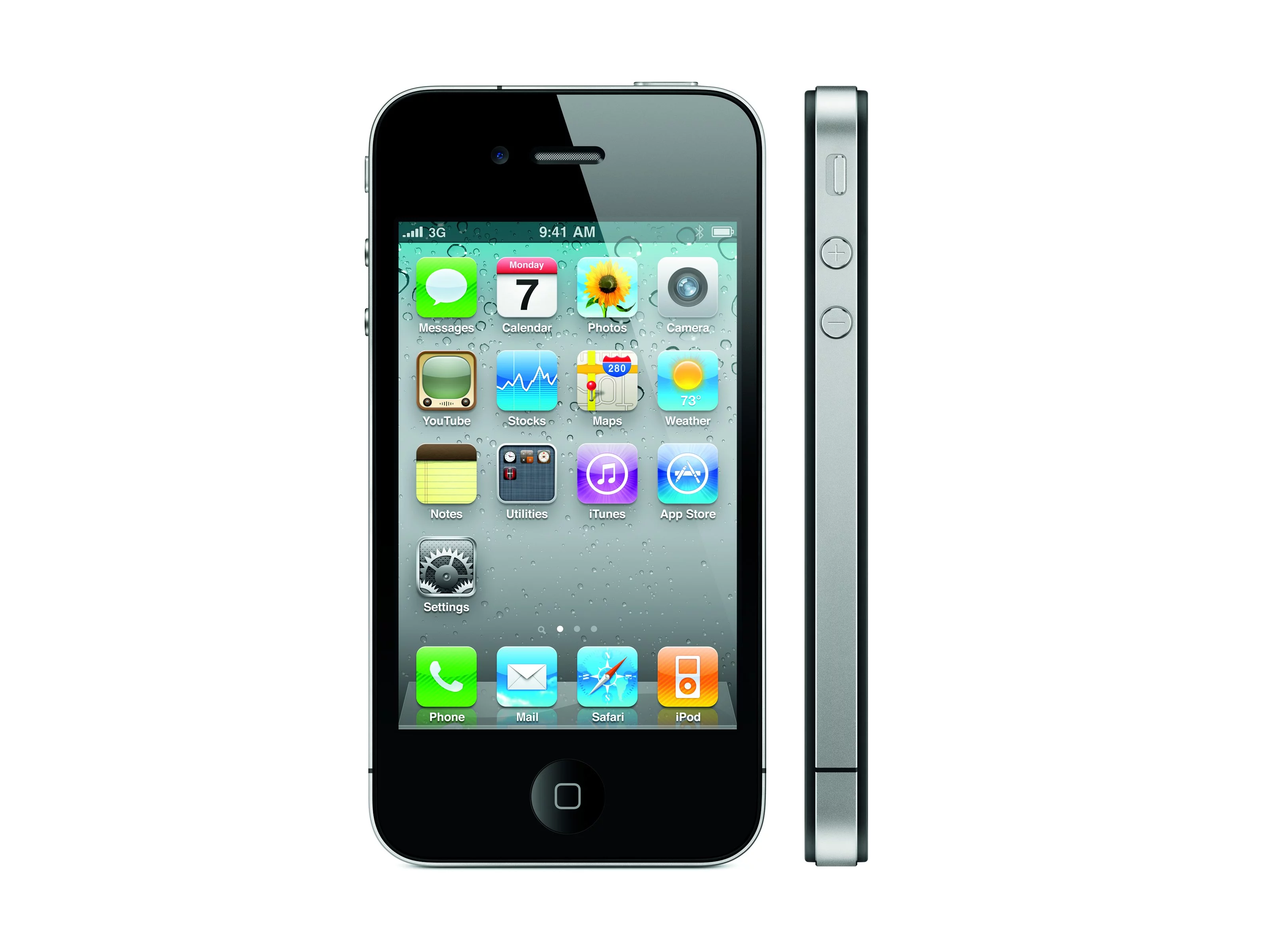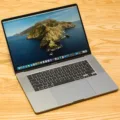Switching SIM cards in iPhones can be a common occurrence for many users. Whether you’re upgrading to a new iPhone model or simply switching carriers, understanding how this process works and what happens when you switch SIM cards is important.
First and foremost, it’s crucial to note that each iPhone model comes with a specific SIM tray that is designed to fit only that particular device. For instance, if you have an iPhone 6s, the SIM tray from an iPhone 7 will not fit. It’s essential to use the SIM tray that came with your iPhone to ensure compatibility.
However, if you have purchased an iPhone 14 model in the United States, you may not have a SIM tray at all. Instead, these models utilize eSIM technology, allowing you to set up your device using an electronic SIM card. If you’re in this situation, it’s advisable to follow the instructions provided by your carrier or Apple to activate and set up your eSIM.
When you switch SIM cards in your iPhone, you can still use your phone as you normally would. The SIM card itself primarily holds your phone number and carrier information. Therefore, by inserting a new SIM card, you will have a new phone number and be connected to a different carrier.
However, it’s important to note that your SIM card does not contain the data stored on your phone. This means that when you switch SIM cards, none of your contacts, apps, accounts, or other data will transfer automatically. To ensure you don’t lose any important information, it’s crucial to back up your current phone before switching SIM cards.
It’s worth mentioning that even if you remove the SIM card from your iPhone, your contacts, messages, apps, wallpaper, and other data will remain on your device. The SIM card primarily deals with the cellular connectivity aspect of your phone, while your personal data and settings are stored internally.
Switching SIM cards in iPhones is a relatively straightforward process, but it’s important to use the correct SIM tray for your specific iPhone model. Remember that the SIM card primarily holds your phone number and carrier information, and switching SIM cards will not transfer your contacts, apps, or other data. Always ensure you back up your current phone before making any changes to avoid losing important information.
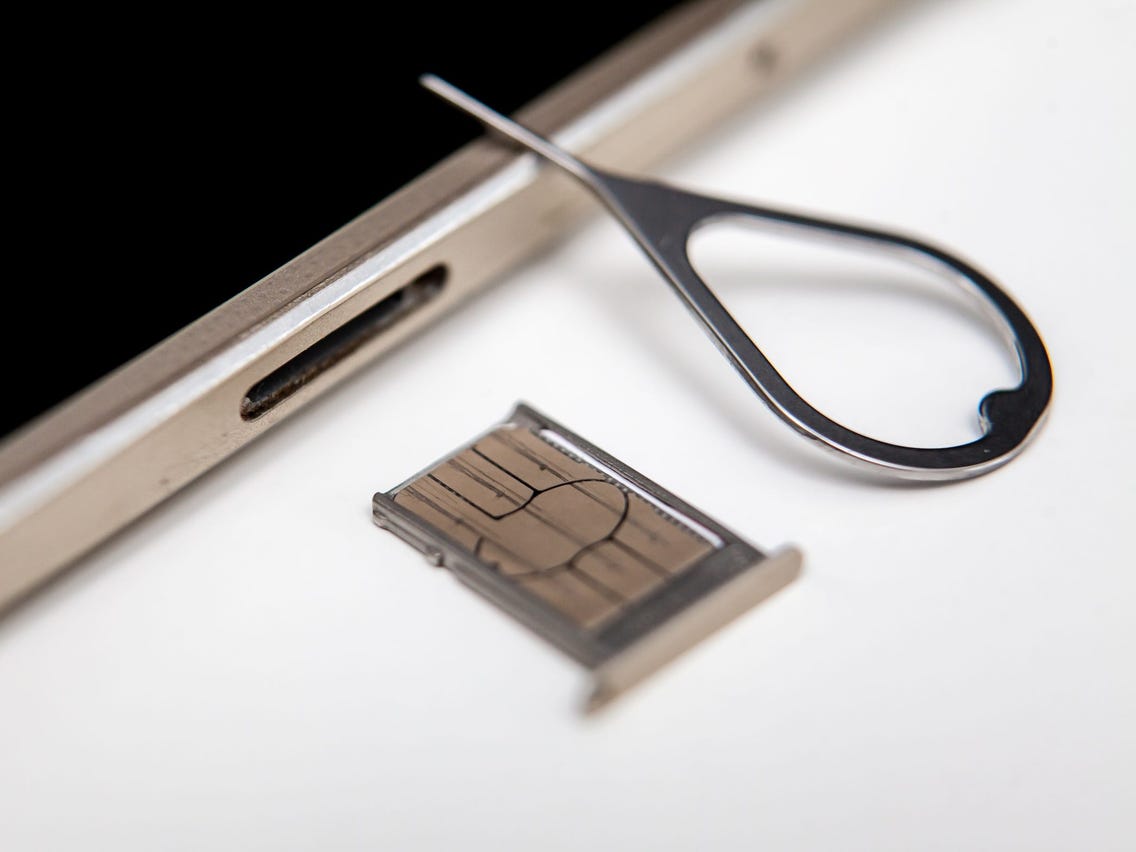
Can You Just Swap SIM Cards in iPhones?
You cannot simply swap SIM cards between iPhones. Each iPhone model has a specific SIM tray that is designed to fit only that model. For example, the SIM tray from an iPhone 6s will not fit in an iPhone 7. It is important to use only the SIM tray that came with your device.
Here are some key points to understand:
1. SIM tray compatibility: Each iPhone model has a unique SIM tray design. The size and shape of the SIM tray may vary, even between different models of the same generation. Therefore, it is crucial to use the SIM tray that is specifically made for your iPhone model.
2. SIM card size: iPhones support different sizes of SIM cards, including standard SIM, micro SIM, and nano SIM. The SIM tray is designed to accommodate the specific size of SIM card required for your iPhone. Using an incompatible SIM card size may cause damage to the SIM tray or the SIM card itself.
3. Ejecting the SIM tray: To access the SIM tray, you need to use the SIM eject tool or a small paperclip. Insert the tool into the small hole located on the side of your iPhone (usually on the right-hand side). Gently push the tool until the SIM tray pops out. You can then remove the SIM card from the tray or insert a new SIM card.
4. eSIM alternative: If you have purchased an iPhone 14 model in the United States, your device may not have a physical SIM tray. Instead, it uses an embedded SIM (eSIM). You can set up an eSIM by contacting your carrier or following the instructions provided by Apple.
It is important to use the SIM tray that came with your iPhone and not attempt to swap SIM cards between different iPhone models. Each iPhone has a specific SIM tray design and may require a different SIM card size. If you have an iPhone 14 model, it may use an eSIM instead of a physical SIM card.
What Happens If You Transfer SIM Cards Between iPhones?
When you transfer SIM cards between iPhones, several things happen:
1. Phone Number and Carrier: The SIM card contains your phone number and carrier information. When you insert the SIM card into another iPhone, that phone will now have your phone number and be connected to the same carrier as your previous iPhone.
2. Cellular Connectivity: The SIM card facilitates cellular connectivity, allowing your iPhone to make calls, send texts, and access mobile data. Transferring the SIM card ensures that the new iPhone can connect to the cellular network and perform these functions.
3. Contacts and Data: Unlike Android devices, the SIM card on an iPhone does not store your contacts, apps, accounts, or other data. So, when you transfer the SIM card, none of your contacts or personal data will automatically transfer to the new iPhone. It’s essential to back up your current iPhone and restore the data onto the new device using iCloud or iTunes.
4. Personalization: Your iPhone’s personalization settings, such as wallpapers, ringtone preferences, and app layouts, are not stored on the SIM card. Therefore, transferring the SIM card will not affect these settings. They will remain the same unless you manually change them on the new iPhone.
5. Activation Lock: If your previous iPhone had the Activation Lock feature enabled (a security feature that prevents unauthorized access to your device), transferring the SIM card will not affect this. The new iPhone will still require your Apple ID and password to activate.
Transferring the SIM card between iPhones mainly affects the phone number, carrier, and cellular connectivity. To ensure a smooth transition to the new iPhone, remember to back up your data and restore it onto the new device.
What Information is Lost When Switching SIM Cards?
When you switch SIM cards on your phone, there are certain pieces of information that may be lost or not transferred to the new SIM card. However, it’s important to note that the SIM card primarily stores your phone number and some network-specific information, so most of your personal data will remain intact. Here are the details:
1. Phone number: The SIM card contains your unique phone number, and when you switch SIM cards, the new card will have a different number associated with it. So, the primary information that changes is your phone number.
2. Network-specific settings: The SIM card holds specific settings for connecting to your mobile network, such as the network name, access point names (APN), and other network-related configurations. When you switch SIM cards, you may need to reconfigure these settings based on the requirements of your new network provider.
3. Carrier services: Some carrier-specific services, such as voicemail, call forwarding, or other value-added services, may be tied to your SIM card. If these services are not supported by your new SIM card or network provider, you may lose access to them until you set them up again.
4. Mobile data settings: If you have customized your mobile data settings, such as data usage limits, restrictions, or APN settings, they may not transfer to the new SIM card. You might need to manually set up these preferences again.
5. Network-specific apps: Some network providers may pre-install certain apps on your phone through the SIM card. These apps might not be available with a different SIM card, and you may need to download them again if you want to continue using them.
6. Network-specific promotional offers: Occasionally, network providers offer special promotions or discounts tied to your SIM card. If you switch SIM cards, you might lose access to these exclusive offers.
It’s important to remember that your contacts, messages, apps, wallpaper, and other personal data are typically stored on your phone’s internal memory or cloud services, not on the SIM card. Therefore, when you switch SIM cards, these data will not be affected and will remain intact on your phone.
Switching SIM cards primarily affects your phone number, network-specific settings, carrier services, mobile data settings, network-specific apps, and promotional offers. Your personal data and settings should not be lost during this process.
Conclusion
Switching SIM cards in iPhones can be a convenient way to use your phone with a different carrier or when traveling abroad. However, it’s important to note that the SIM card itself does not contain the data stored on your phone, such as contacts, apps, accounts, and other personal information. Therefore, if you switch SIM cards, you will need to ensure that you have backed up your current phone to transfer all your data to the new device.
Additionally, it’s crucial to use only the SIM tray that came with your specific iPhone model. Each iPhone model has a unique SIM tray, and using a SIM tray from a different model may lead to compatibility issues or damage to your device. To avoid any problems, always use the SIM tray that came with your iPhone.
It’s also worth mentioning that the latest iPhone models, such as the iPhone 14, no longer have a physical SIM tray. Instead, they use eSIM technology, which allows you to set up and switch carriers electronically. If you have a newer iPhone model, you will need to follow the instructions for setting up an eSIM rather than using a physical SIM card.
Switching SIM cards in iPhones can be a straightforward process, but it’s essential to take the necessary precautions and ensure that you have backed up your data before making any changes. This will help you avoid any potential data loss or compatibility issues and ensure a smooth transition to a new SIM card or carrier.

